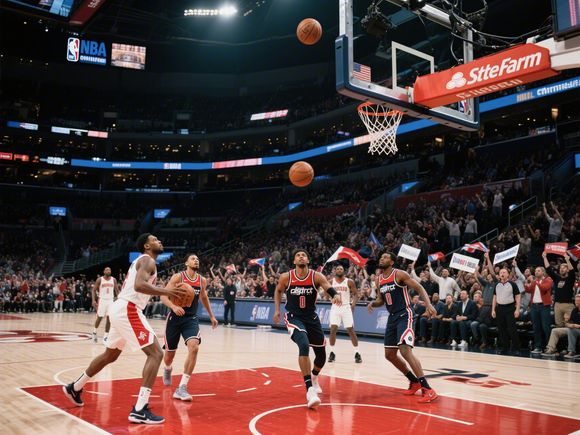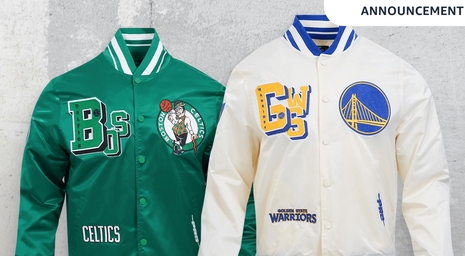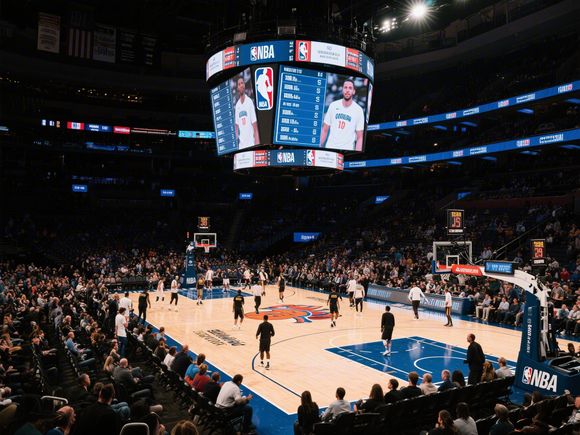Doris Burke’s Playoff Commentary Ignites Social Media Storm
FEEL UNSTOPPABLE IN GEAR THAT MOVES WITH YOU.
From lightweight running shorts to moisture-repellent jackets – every piece is crafted for peak performance and head-turning style.
Need sports gear? Get it on sale now – discounts you can’t resist! <--ClickUproar During Knicks-Celtics Showdown
Game 4 of the Eastern Conference semifinals between the New York Knicks and Boston Celtics took an unexpected turn when ESPN analyst Doris Burke found herself at the center of controversy. While the Knicks mounted a thrilling 121-113 comeback victory, Burke's repeated use of the team's full historical name "Knickerbockers" triggered intense social media backlash.
The Pronunciation Debate
Viewers quickly noted the phonetic similarity between "Knickerbockers" and a derogatory term, sparking immediate reactions across Twitter and Instagram. Critics called for ESPN to discipline the veteran broadcaster, with trending hashtags demanding her suspension.
Historical Context vs Modern Sensibilities
Supporters defended Burke's terminology as a nod to New York's 19th-century roots, when Dutch settlers' pants ("knickerbockers") inspired the team's 1946 founding name. However, detractors argued the incident exposed deeper issues in sports broadcasting:
Key Controversy Points
- Perceived racial insensitivity in live commentary
- Burke's 2024 Caitlin Clark comparison controversy resurfacing
- ESPN's delayed response to mounting criticism
Broader Implications for Sports Media
This incident highlights the tightrope walk facing modern commentators. As the Celtics prepare for Game 5 without injured star Jayson Tatum, industry experts note:
Critical Takeaways
- 24/7 social media scrutiny of broadcasters' word choice
- Growing demand for cultural awareness in live sports analysis
- Pressure on networks to update commentary guidelines
What Comes Next?
While ESPN remains silent, media analysts predict mandatory sensitivity training for commentators. As playoff tensions mount, this controversy serves as a watershed moment for sports journalism in the digital age - where historical references and modern interpretations collide in real-time.








